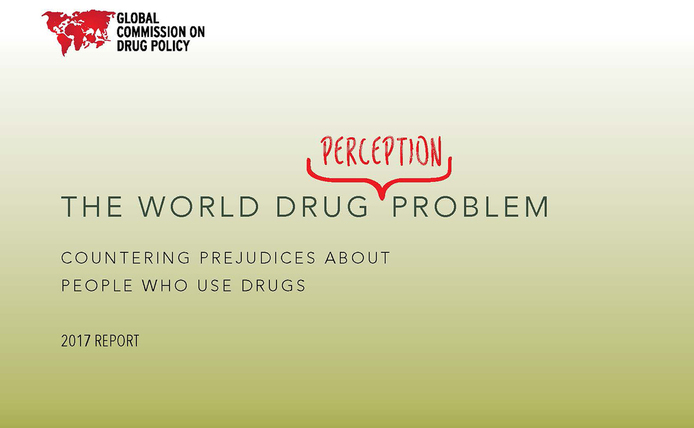A person’s sex and gender have a significant bearing on the way that they interact with drugs, from first encounters, to motivations for use and methods of treatment.
While every person’s experience of addiction or dependence is unique, there are certain trends that emerge with regards to sex and gender (sex is used regarding biological factors and gender to sociocultural ones). Across most age groups, men have higher rates of drug use and dependence. Currently, 11.9% of men in England and Wales reported having taken ‘any drug’ in the last year in comparison to 6.9% of women according to the Office for National Statistics (ONS) report on drug misuse for the year ending March 2020, even though women are just as likely as men to develop a substance abuse disorder. Dr Adam Winstock, a psychiatrist and the founder of the Global Drug Survey, attributed higher rates of drug use among men to a more general predisposition towards risky behaviour. Economic status and social stigma also play a significant role in a person’s exposure to illicit substances and their relationship with them. Therefore, the UN has reported that the more advanced a country becomes, the greater the proportion of women who use drugs in that country.
Biological Factors
According to the United States National Institute on Drug Abuse’s 2020 report:
“Women often use drugs differently, respond to drugs differently, and can have unique obstacles to effective treatment as simple as not being able to find childcare or being prescribed treatment that has not been adequately tested on women.”
A key example of variation in treatment efficacy can be seen in those trying to stop smoking as nicotine replacement therapies such as gum or the patch do not work as well on women as they do on men, which may be a factor in explaining why women have lower cessation rates of smoking. When men smoke, the number of nicotine receptors in the brain increases, which in turn reinforces the habit; however, current evidence demonstrates that this is not true for women. In a study conducted by Kelly Cosgrove at the Yale University School of Medicine, female smokers had about the same number of nicotine receptors as non-smokers. Thus, it has been put forward that women smoke less for the nicotine in tobacco, and more for other effects like the social pleasures associated with the habit; even the stress relief that comes from deep breathing while smoking may play a part in sustaining use. In this way, behavioural therapies may be more beneficial to women. Additionally, women tend to progress more quickly from using addictive substances to developing problems such as dependency, in a process known as ‘telescoping’ and are more susceptible to relapse after they have quit.
Social Factors
First contact with a drug and the way it is used differs between men and women. With heroin, men are more likely to inject, thus putting themselves at greater risk of blood-borne viruses such as HIV or Hepatitis C. However, women are more likely to start using heroin at a younger age.This can be cause for concern as drug use in teenage years is strongly correlated to drug use in later life.
When it comes to seeking treatment, a particular barrier for women is fear. Disclosure of an addiction is a difficult experience, and many women fear that attempts to get help will inevitably result in the involvement of social services and the potential removal of children from their care. According to NHS figures in 2014-2015, 1,087 babies in England were affected by maternal use of drugs; in Scotland the figure stood at 987. The tendency to gear treatment towards men alongside the closure of many grassroots organisations focused on women’s needs due to funding cuts and austerity measures have compounded the issue. However, it is important that we also recognise the similarities between men and women who use drugs, such as both being likely to use drugs as a form of self-medication.
Regardless of gender, adverse childhood experiences (ACEs) have a powerful bearing on illicit drug use in later life; according to a study on childhood abuse, neglect, and household dysfunction and the risk of illicit drug use, each ACE a person reported increased the likelihood of early initiation to illicit drug use by 2- to 4-fold compared to people with 0 ACEs. People with 5 ACEs were 7- to 10-fold more likely to report illicit drug use problems, addiction, and parenteral drug use (non-oral administration of drugs).
Historically, these differences in sex and gender have been overlooked in responding to medical conditions such as cardiovascular disease or brain disorders such as Alzheimer’s, according to an article published in The Lancet. This bias has filtered into government policy: the UK Government’s 2017 Drug Strategy does not address the unique difficulties faced by women who are addicted to drugs, only mentioning women three times: as sex workers, as victims of domestic violence, and as an increased proportion of those dying of heroin overdose. This lack of discernment has serious ramifications; a 2016 study showed that among opioid overdose deaths in the US, women were three times less likely than men to receive naloxone, a lifesaving antidote to those who are overdosing on heroin or other opioids, through emergency medical services.
In conclusion, there are differences in the way people use drugs based on their sex and gender and in many instances approaches to treatment in the UK have tapped into and at times entrenched pre-existing inequalities. It is imperative that we take heed of the research commissioned by the Scottish Government in 2018 in response to the rise in the number of drug-related deaths amongst women, that calls for gender mainstreaming practices which take into account both the similarities and differences between the genders. Without widespread acknowledgement, very vulnerable people will not get the treatment they need, and more lives may be lost as a result.


